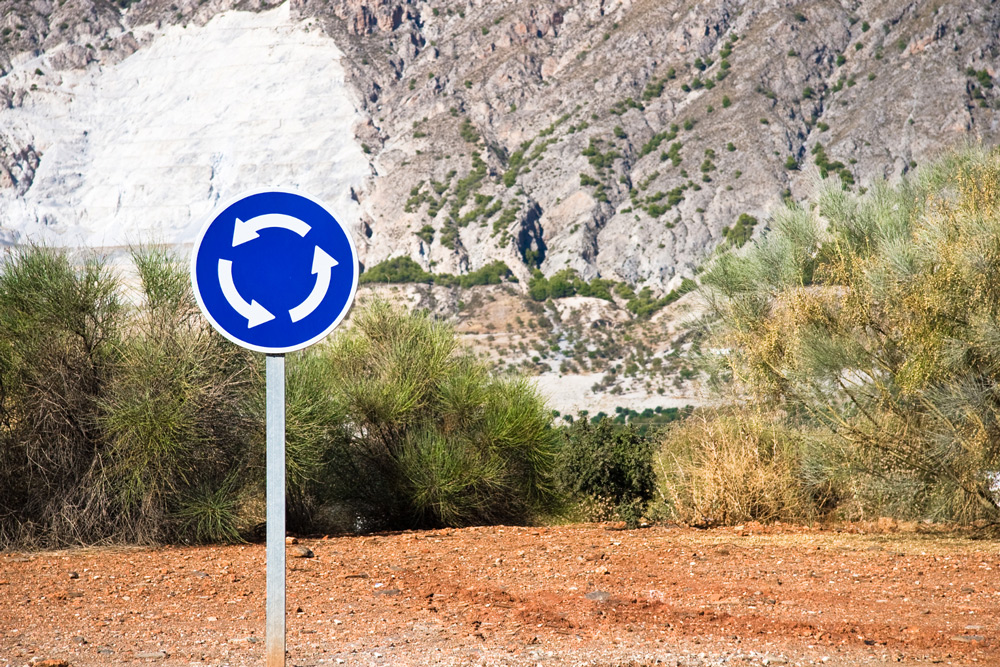
By Kendall Benton-Collins, Strategic Communications Manager at GECA
The COVID-19 pandemic has highlighted the very urgent need for us to work together as an international community to address global environmental and social problems. At GECA, we think the stage is set for a new era that celebrates the need for and the benefits of collaboration and transparency while embracing circular economy thinking.
The COVID crisis has revealed that many global supply chains were not as robust and future-proofed as organisations believed they were. So, investing in smarter, more robust and more diverse supply chains makes sense for better social, economic and environmental outcomes. Increasingly, organisations and governments are looking to circular economy principles to create a more positive future.
Circular economy thinking is growing in popularity and depth. There are many different aspects that I believe will grow significantly in 2021 and beyond. The following trends are not exhaustive but reflect the wholistic and far-reaching nature of the circular economy as a blueprint for achieving sustainability targets.
Firstly, we will continue to see a shift toward using the circular economy as a driver of climate action. According to the Ellen MacArthur Foundation, it offers a systematic response to the climate crisis by reducing emissions and increasing resilience to its effects. On top of the vital worldwide efforts to transition to renewable energy and increase energy efficiency, we will also need to address the remaining 45% of greenhouse gas emissions from producing the cars, building materials, food, and other products we use every day.
Recent research has demonstrated that applying circular economy strategies in the five critical areas of cement, aluminium, steel, plastics, and food can eliminate almost half of the remaining emissions from the production of goods – 9.3 billion tonnes of CO2e in 2050. This is equivalent to cutting current emissions from all transport to zero.
Increasingly we are going to see the uptake of circular economy solutions that go beyond an isolated waste reduction strategy. Into the future, we will see a greater emphasis on creating systems that embrace regenerating, maintaining, repairing, reusing, refurbishing, and recycling. Rather than only dealing with a product at the end of its life in the most sustainable way possible, designers have the power to create items with circularity built-in. According to GECA’s CEO, Michelle Thomas, “We are moving beyond a benchmark of least harm and toward one of adding more good by designing to replenish our planet rather than merely replacing resources we’ve used.”
Collaboration is essential if we are going to move to a circular and inclusive economy. Creating a more sustainable and prosperous future requires us to invest in genuinely symbiotic connections throughout our supply chains and beyond. COVID-19 has shown that isolated supply chains are vulnerable to risks. By working together, we can create significant positive change. For example, research by PEW demonstrates that a comprehensive circular economy approach for the plastics sector has the potential to reduce the annual global volume of plastics entering our oceans by over 80%, generate savings of USD 200 billion per year, reduce greenhouse gas (GHG) emissions by 25%, and create 700,000 net additional jobs by 2040.
According to the Ellen MacArthur Foundation, “strong public-private collaboration will be essential in the shaping of a post-pandemic future…while also improving society’s resilience to future shocks. Such a transition, enabled through a circular economy, will, for example, require collaboration between governments, the investment community, industries, companies, academia, and civic organisations.”
Trust and transparency are integral factors in creating lasting behaviour change. The best marketing an organisation can do is to prove their commitment to positive social and environmental impacts. Greenwashing has led to increased consumer scepticism and doubt whenever an organisation makes sustainability claims, including those related to a circular economy, about their company, products or services. This can lead to a loss of legitimacy and reputation in the marketplace. GECA’s ecolabel and Claims Authentication service give consumers, including suppliers and procurement teams, confidence that products and services have been through an independent third-party assessment.
All GECA ecolabel standards include comprehensive sustainability criteria relating to the environment, human health, social issues, and fit for purpose. Our standards also include criteria to ensure that products:
- are easily recyclable in Australia
- have replaceable parts wherever possible to extend their useful life
- are designed for separability or disassembly; and
- that manufacturers provide Product Stewardship services.
Our two standards particularly relevant to the circular economy, are our Recycled Products and Waste Collection Services standards.
Our Claims Authentication service can provide independent third-party assurance on circular economy claims relating to reusability, recycled content, recyclability, design for disassembly and compostability.
Circular economy thinking impacts the entire structure we currently operate in from design, manufacturing and consumer demand to broader social and environmental issues. The circular economy is a transformational framework that forces organisations and individuals to rethink how they work and live in this global community and on this planet. Combined with Science-Based Targets and the Sustainable Development Goals, we have a formidable blueprint for good.
Stay tuned as we will soon be releasing GECA Solutions for a Circular Economy – a resource for manufacturers, procurement, and sustainability stakeholders.
